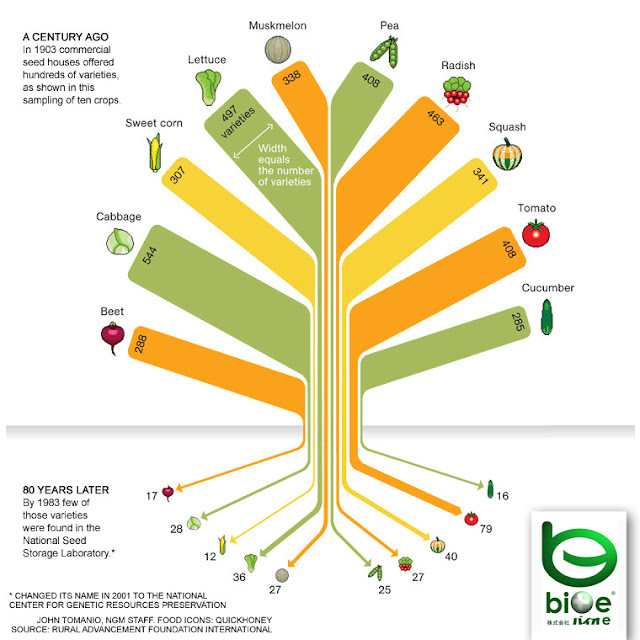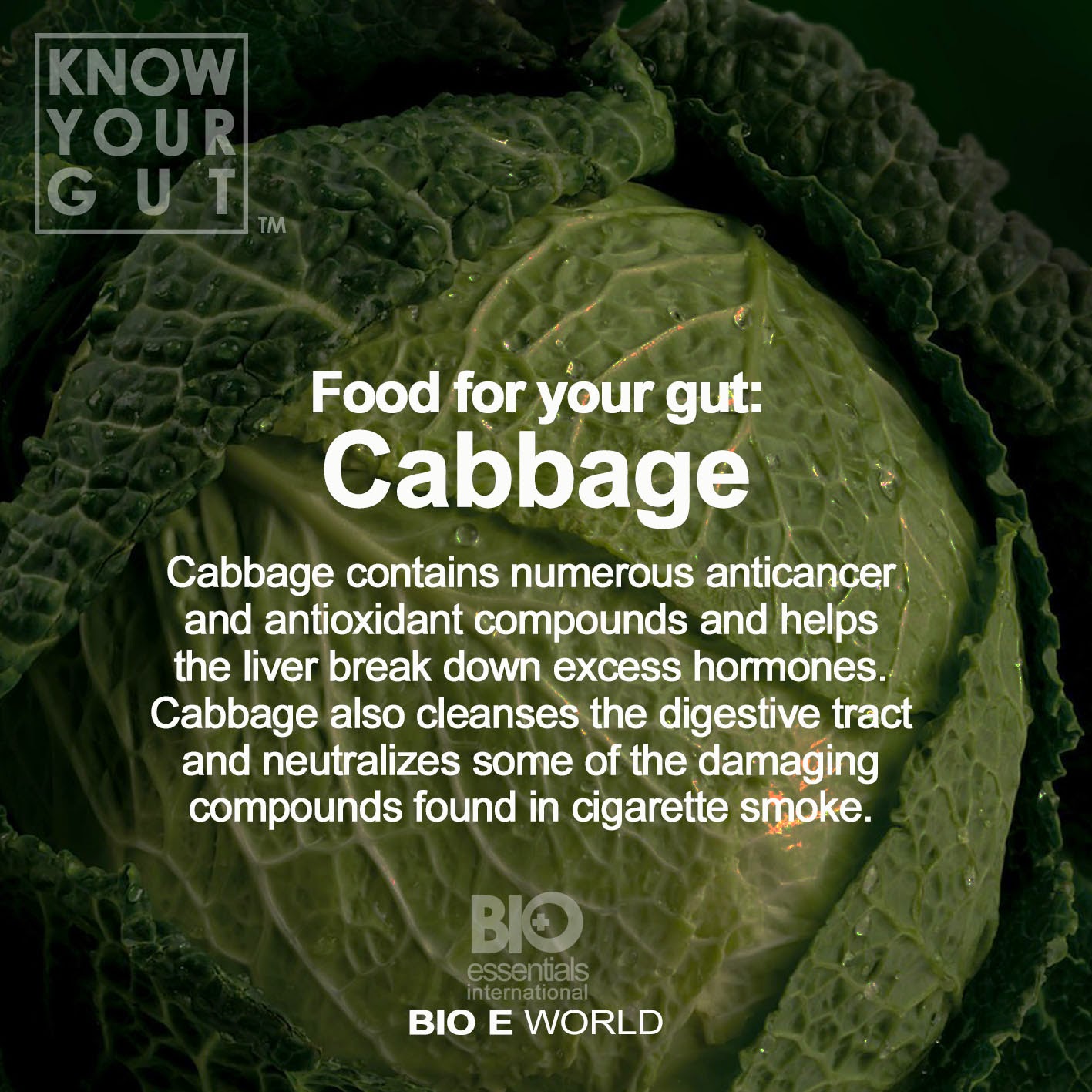Food Variety
In 80 Years, We Lost 93% Of Variety In Our Food Seeds
IT’S DOWNRIGHT SCARY TO SEE THE LACK OF DIVERSITY IN THE
HEALTHIEST FOODS WE EAT.
Seeds are tricky things. On one hand, we have the whole
Omnivore’s Dilemma argument, that industrialized and genetically engineered
food is probably bad. And on the other, we have strains of vegetables that can
grow four times as much produce on the same plot of land as their heirloom
counterparts--a successful, man-dictated genetics that we’ve actually been
fueling for millennia. After all, we wouldn’t have the heirloom seeds of today
if our grandfather’s grandfather’s grandfather hadn’t saved the seeds from the
sweetest watermelons or the most drought-resistant cantaloupes.
I don’t know that any of us can honestly assess the
repercussions of our actions, but I do know one thing: This National Geographic
infographic by John Tomanio is staggering. Using the metaphor of a tree, it
charts the loss of U.S. seed variety from 1903 to 1983. And what you see is
that we’ve lost about 93% of our unique seed strands behind some of the most
popular produce. (Clever details: Where the root system should be strong, Tomanio
has rendered a tree that looks like it could tip right out of the ground.)
In 1903, we had almost 500 varieties of lettuce. By 1983, we
had just 36. Radishes, peas, and beets have fared no better. In fact, the most
steadfast of the crops has been the tomato, which, probably due to the
popularity of strange and tasty heirloom varieties, only lost about 80% of its
seed diversity. It’s a shame to lose so many intricacies of nature’s tastiest
gifts. But more worryingly, monocultures strip the land of nutrients: Where you
once had self-sustaining harvest cycles, you get farm land denuded of nutrients
that then needs copious chemical fertilizers to grow more food. And the crops
themselves become vulnerable to plant diseases.
Still, a lot has changed in the public consciousness since
1983. Farmers markets aren’t just for hippies anymore--they’re lifestyle
statements for everyone from young foodies to soccer moms. And as long as this
trend stays alive, so too will many of the heirloom seed strands we have remaining.




Comments
Post a Comment